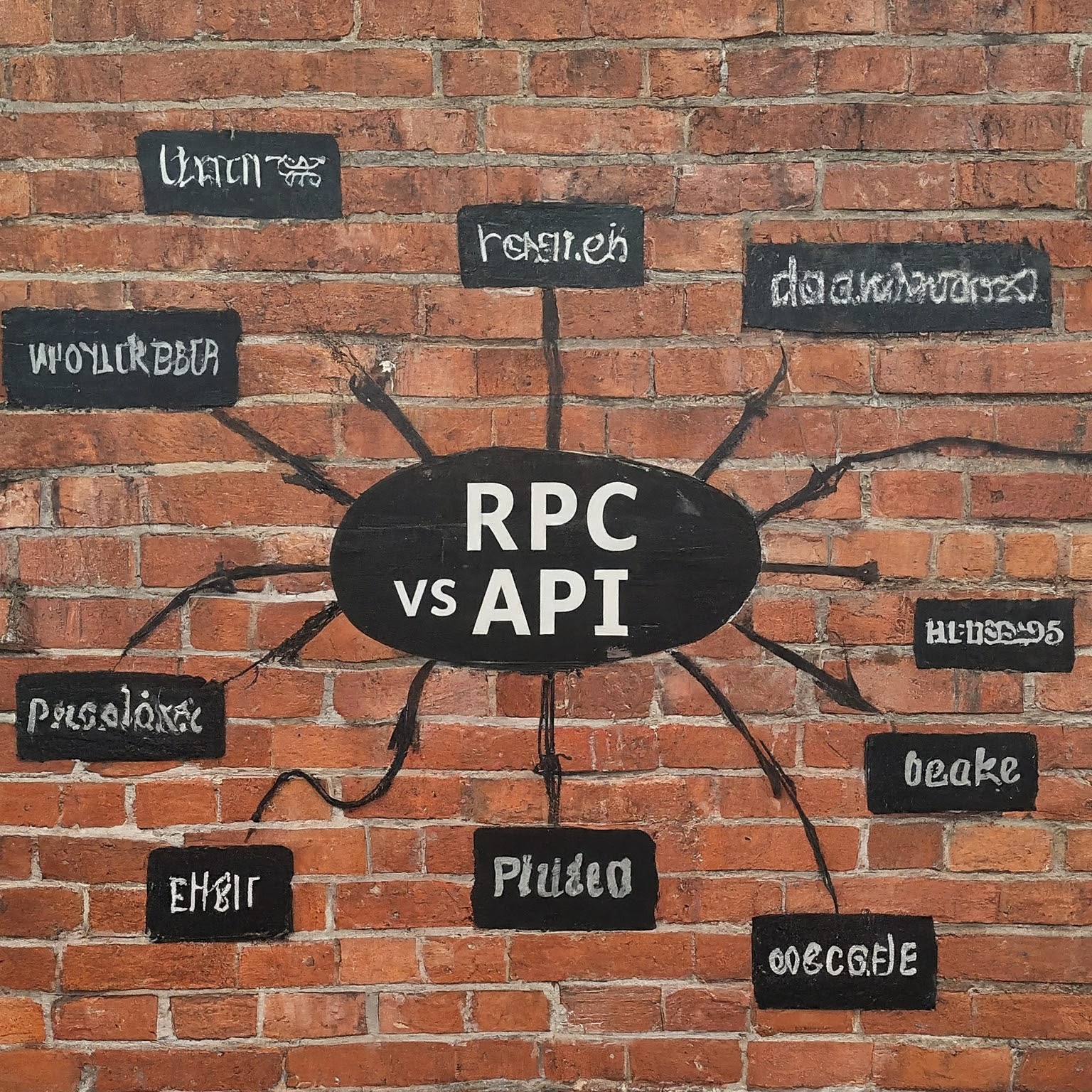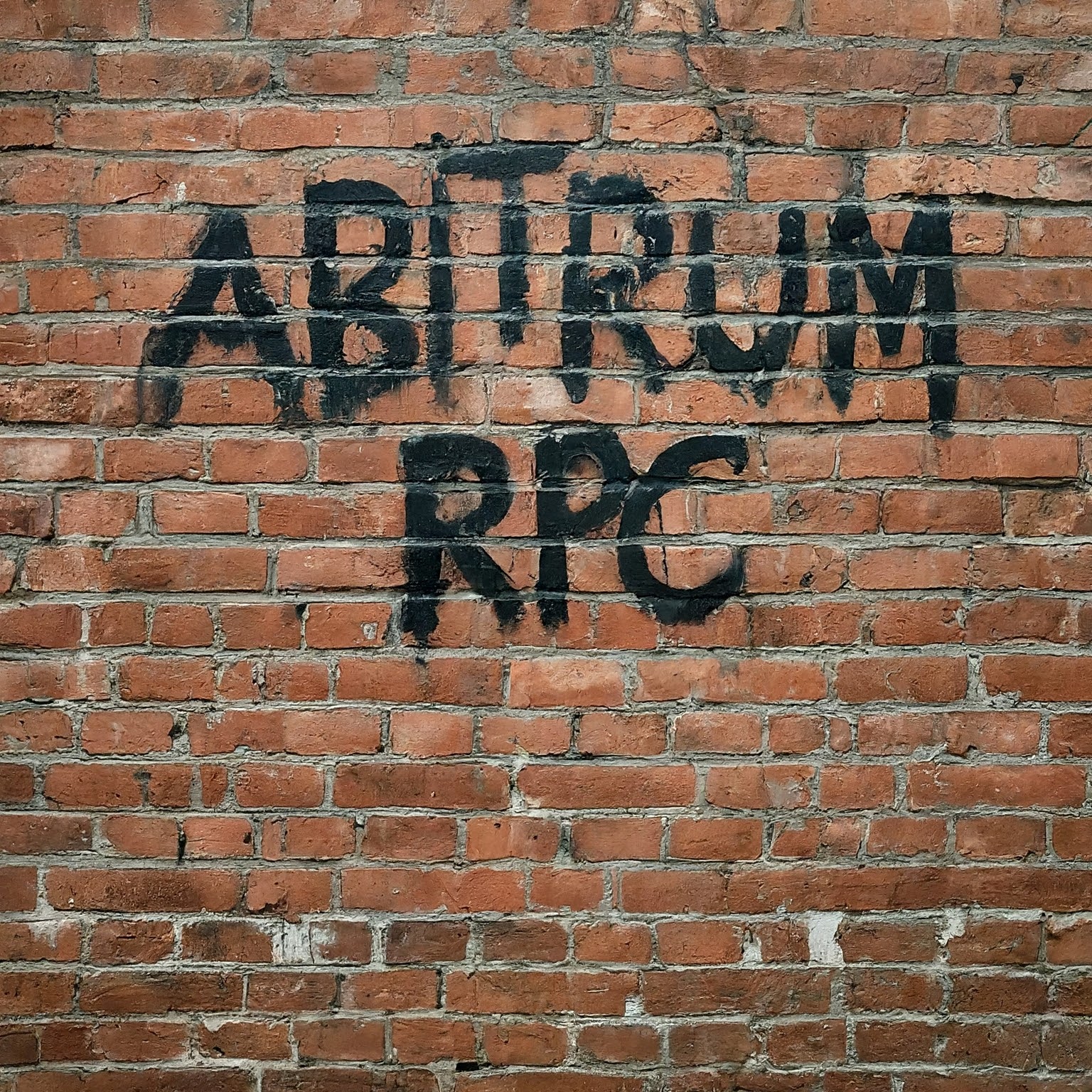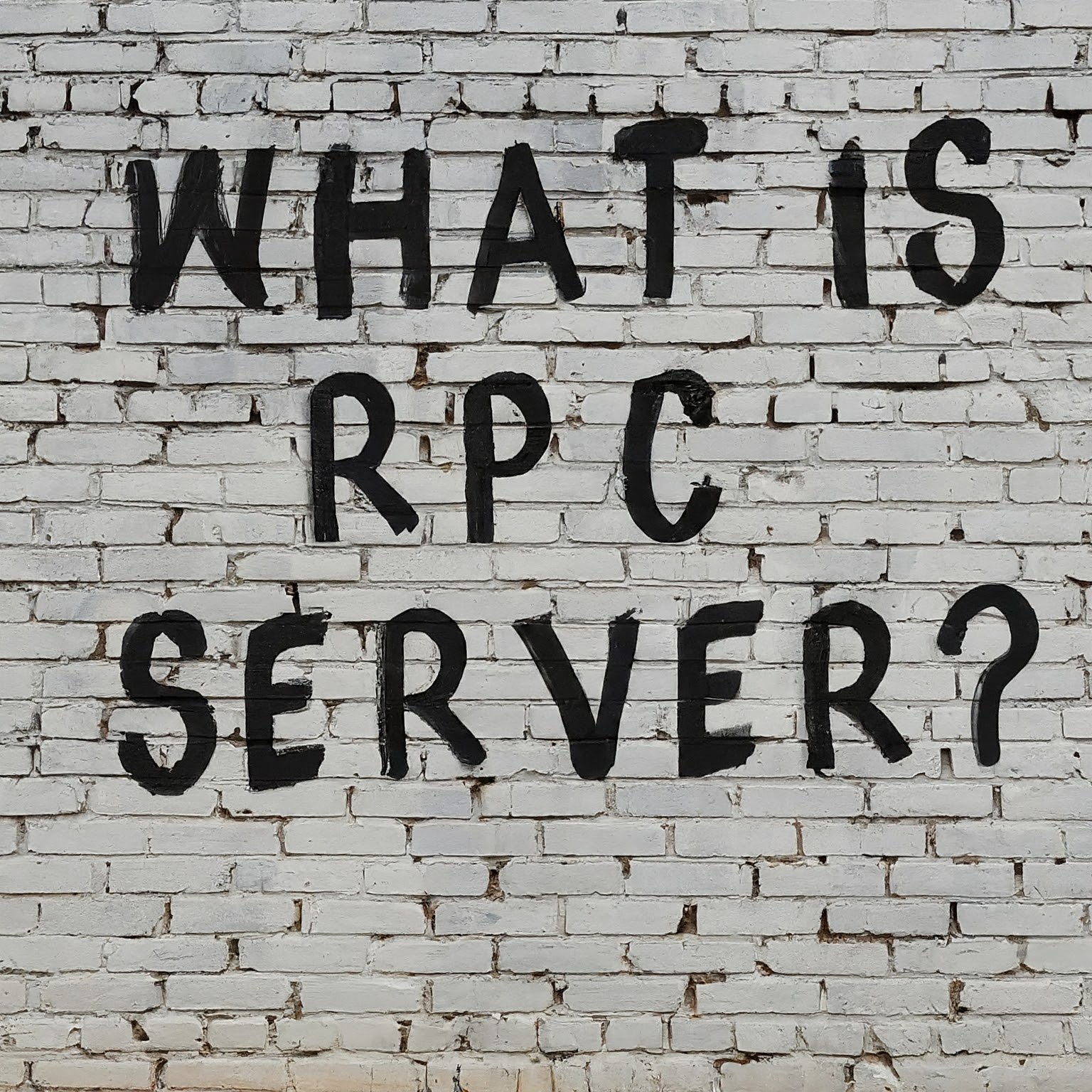In the fast-evolving world of software development, communication between different systems or components within a system is crucial. Two common methods for enabling this communication are Remote Procedure Calls (RPC) and Application Programming Interfaces (APIs). While both serve the purpose of allowing diverse software components to interact, they do so in distinct ways and are suited to different use cases. This blog post aims to delve into the nuances of RPC and APIs, providing a comprehensive comparison to help developers make informed decisions.
What is RPC?
Remote Procedure Call (RPC) is a protocol that one program can use to request a service from a program located on another computer within a network. An RPC allows a programmer to execute code on a remote system as if it were local, abstracting the complexities of the underlying network communication.
Key characteristics of RPC include:
- Synchronous Operation: The calling function waits until the remote procedure completes its task.
- Procedural Nature: It is essentially a function call, with parameters passed to the remote function and results returned.
- Tight Coupling: RPC often works well within tightly-coupled systems where the client and server have similar dependencies.
What is an API?
An Application Programming Interface (API) is a set of rules that allows one piece of software to talk to another. APIs can be language-specific (like Java APIs) or used over a network (like web APIs). They are generally designed to be language-agnostic and can be used to expose the functionalities of a system to other systems or applications.
Key characteristics of APIs include:
- Asynchronous or Synchronous: APIs can operate in either mode, offering more flexibility than RPC.
- Resource-Oriented: Typically, APIs are used to interact with resources (like RESTful APIs) rather than calling functions.
- Loose Coupling: APIs usually have looser coupling between the client and server, which can be advantageous in microservices architectures.
Key Differences Between RPC and API
While both RPCs and APIs aim to facilitate communication between different systems, they do so using different paradigms and are suitable for different types of applications. Understanding these key differences will help developers select the right tool for their specific needs.
- Communication Style: RPCs are procedural and synchronous, whereas APIs, especially RESTful APIs, are resource-oriented and can be both synchronous and asynchronous.
- Coupling: RPCs often result in tight coupling between the client and server, while APIs promote loose coupling.
- Complexity and Flexibility: APIs usually offer greater flexibility and are easier to integrate with various systems compared to RPCs.
- Performance: RPCs can be quicker because they work at a lower level but might not scale as efficiently as APIs.
- Error Handling: APIs tend to offer more robust error-handling mechanisms.
Use Cases for RPC
RPCs are particularly useful in scenarios requiring high performance and where the client and server are part of the same system or closely related systems. Here are some common use cases:
- Distributed Systems: In tightly-coupled distributed systems, RPCs can provide efficient communication.
- Legacy Systems Integration: Where existing systems already employ RPC mechanisms, continuing with RPC can minimize overhead.
- Low Latency Requirements: Applications needing low-latency communication can benefit from the synchronous nature of RPC.
- Real-Time Systems: Systems requiring immediate responses, like certain financial trading platforms, may use RPC.
Use Cases for APIs
APIs are versatile and can be used in a wide range of scenarios, especially where interaction with external systems or services is needed.
- Microservices Architecture: APIs are ideal for communication between microservices due to their loose coupling.
- Public Services: Exposing functionalities or data to third-party developers is often done through APIs.
- Web Services: RESTful and GraphQL APIs are commonly used to interact with web applications.
- Mobile Applications: APIs are used to fetch data from back-end servers in mobile apps.
Advantages of RPC
RPCs offer several advantages that make them suitable for specific types of applications:
- Simplicity: The procedural nature makes it easy to call remote functions as if they were local.
- Efficiency: Less overhead in terms of communication protocols, which can lead to higher performance.
- Speed: Suitable for low-latency requirements due to synchronous operations.
- Compatibility: Often easier to integrate into systems where RPCs are already in use.
Advantages of APIs
APIs come with their own set of advantages, making them highly popular for modern application development:
- Flexibility: Can be used asynchronously and are generally language-agnostic.
- Scalability: Easier to scale due to loose coupling and stateless design (in the case of RESTful APIs).
- Interoperability: APIs are easier to integrate with various systems and technologies.
- Documentation and Usability: Usually come with comprehensive documentation, making them easier for developers to use.
Disadvantages of RPC
While RPCs are powerful, they also have certain drawbacks that developers should consider:
- Tight Coupling: Leads to reduced flexibility and harder maintenance.
- Error Propagation: Errors in remote procedures can directly affect the calling procedures.
- Complexity in Debugging: Debugging issues across distributed systems can be challenging.
- Scalability: Might not scale as efficiently as APIs due to synchronous nature.
Disadvantages of APIs
Despite their versatility, APIs are not without their limitations:
- Overhead: Higher communication overhead compared to RPCs.
- Complexity: More complex to implement, especially for beginners.
- Security: Requires robust security measures to protect data and functionality.
- Performance: May not be ideal for low-latency applications due to additional layers of abstraction.
Conclusion
Choosing between RPCs and APIs depends on the specific requirements and constraints of your project. RPCs offer simplicity and high performance for tightly-coupled systems, while APIs provide flexibility and scalability that are vital for modern, loosely-coupled architectures. Understanding these differences will empower you to make an informed decision, optimizing your application’s performance and maintainability.
FAQ
1. What does RPC stand for, and how does it differ from an API?
RPC stands for Remote Procedure Call. It differs from an API in that it allows a program to execute a procedure on a remote server as if it were local, usually synchronously, whereas an API is more resource-oriented and can be used asynchronously.
2. How do communication protocols vary between RPC and APIs?
RPCs typically use proprietary or binary protocols, which can be more efficient but less flexible. APIs, particularly web APIs, often use HTTP/HTTPS protocols, which are more versatile and easier to work with across different platforms.
3. What are the performance implications when comparing RPC with APIs?
RPCs can offer higher performance due to lower communication overhead and synchronous operations. However, APIs are generally better for scalability and can be optimized for performance using asynchronous operations and caching mechanisms.
4. Can RPC and APIs be used together in a single application?
Yes, RPC and APIs can be used together. For example, an application might use RPC for internal communication within a tightly-coupled system and APIs to interact with external services or microservices.
5. What are some typical use cases for RPC?
Typical use cases for RPC include distributed systems, real-time applications, and scenarios where low-latency communication is crucial, such as financial trading platforms and legacy systems integration.
6. How do I decide whether to use RPC or an API for my project?
Deciding between RPC and APIs should be based on your project’s specific requirements. Use RPC if you need high performance and tight coupling within a distributed system. Opt for APIs if you require scalability, flexibility, and easier integration with other services or platforms.











Leave a Reply
You must be logged in to post a comment.